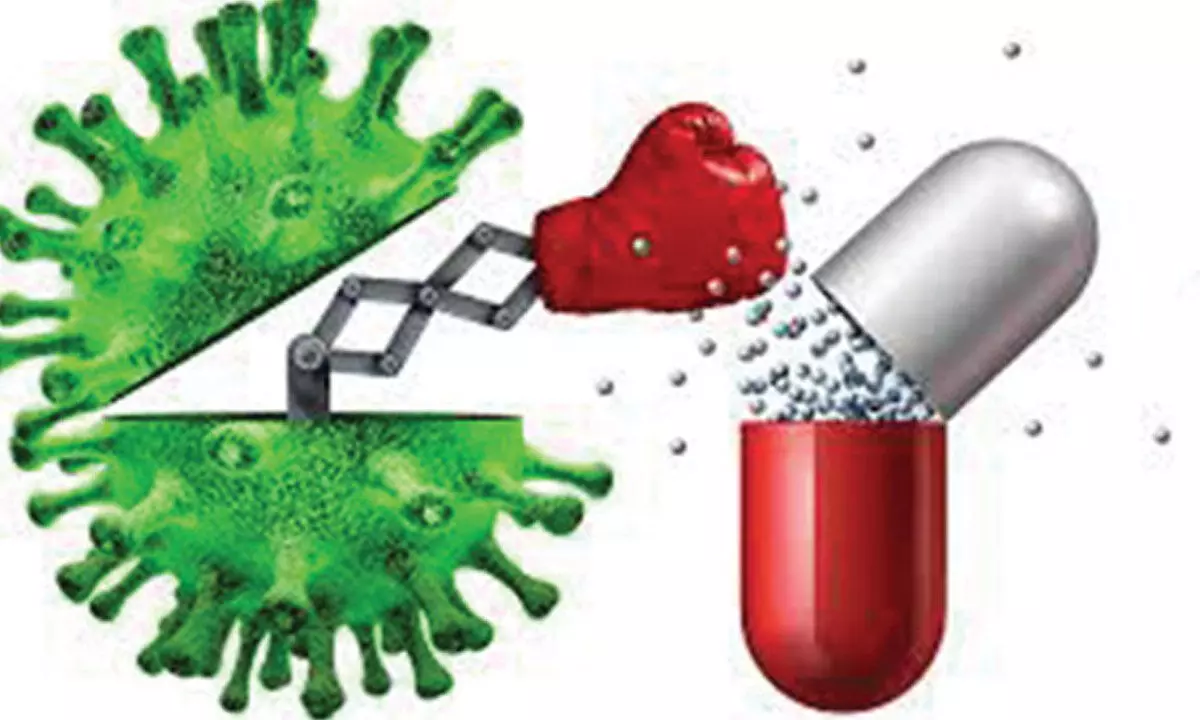Key factors impacting antibiotic resistance

Age, sex and location could be important in assessing the antibiotic resistance of a bacterial infection, new research has found.
New Delhi: Age, sex and location could be important in assessing the antibiotic resistance of a bacterial infection, new research has found.
Antibiotic, or antimicrobial, resistance is a global public health threat and occurs when disease-causing germs evolve and develop a resistance to the very drugs designed to kill them, rendering these drugs ineffective. The research, led by those at London School of Hygiene and Tropical Medicine, UK, analysed data on bloodstream infections of nearly 9.5 lakh individuals across 29 European countries.
The data was collected through routine surveillance between 2015 and 2019. The team looked at the bacterial species that were isolated and sent to the surveillance service, and the antibiotics that were used to treat these bloodstream or bacterial infections. The findings are published in the journal PLOS Medicine. They observed that gender played a role in antimicrobial resistance, with men at a higher risk of developing it than women.
The team also found that the participants' resistance to various bacterial species peaked at different stages of their lives, with the peaks related to most of these species being seen at the youngest and oldest ages. For example, the superbug MRSA, responsible for many hard-to-treat infections in humans, becomes more resistant with increasing age of the host, whereas resistance of E. coli decreased with age, they said. E. coli can cause infections in the gut and digestive tract.
The Pseudomonas aeruginosa - known to cause infections in mainly hospital patients - was found to be most likely to resist several antibiotics when the host is around 30 years old. For women, the team found that the incidence of bloodstream infections due to E. coli peaked between ages 15 and 40. The researchers said that even though antibiotic usage, changes in immunity, and exposure to high-risk settings are all linked to age and sex, little is known how resistance varies with age and sex.
"These findings highlight important gaps in our knowledge of the epidemiology of antimicrobial resistance that are difficult to explain through known patterns of antibiotic exposure and healthcare contact," the authors wrote in their study. "In order for us to address this growing threat to public health, we now need data from a wider range of sources to determine the contribution that cultural versus natural history differences have in driving these patterns globally and the role that they play in the increasing rates of AMR being seen," they wrote.

















